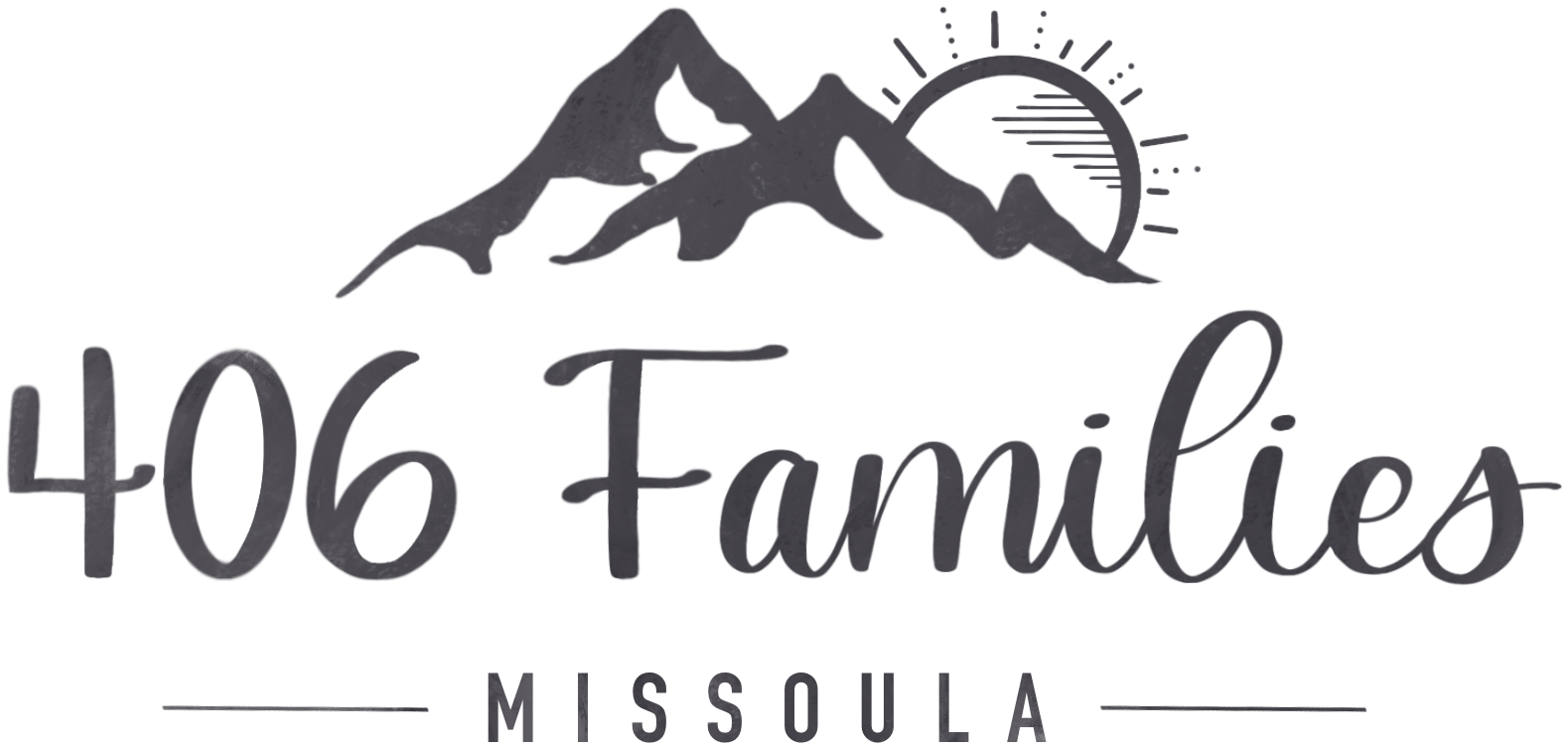Do You Have Room in Your Heart and Home? Becoming a Foster Parent in Montana
Montana is facing a foster care crisis. As of December, 2,600 Montana children were in foster care because they had been abused, neglected, or abandoned by their families. At 406 Families, we are spending the summer learning more about foster care through our contributor Abby Riley. Read more of Abby’s writing about foster care here, here, here, and here.
A few months ago, we had a home visit from our licensing worker (they come to our house and check in every six months - and we adore our licensor, so it honestly just feels like catching up with a friend!) During our time chatting with her, it came up that there is a significant need for more foster families in our community. Some existing foster families have closed their homes to new placements, some have moved away, some are taking extended breaks. There are many contributing factors, and the number of children needing homes currently exceeds the number of homes with open beds in our community.
If you have considered becoming a foster parent, this would be a wonderful time to begin the licensing process. As you consider what your involvement could look like, it can be helpful to think about the various options that exist for helping vulnerable children and families through foster care. There are numerous ways to get involved, including:
Respite care: Caring for a child for a short, defined period of time while their foster family is on vacation, needs a break, etc. - usually for a weekend up to a week or so. Offering respite care can be a great way to get involved if you have an interest in helping but are not able or ready to take placements right now.
Emergency foster care: Taking emergency placement of a child. Often these calls come late at night or over the weekend and are for short term placements (although sometimes what starts out as a short term emergency placement can turn into a long term placement, so it is good to keep that in mind when saying yes!)
Long term foster care placements: Caring for a child while their parents work towards reunification, while caseworkers are looking for extended family who may be available to parent the child, etc. These placements can last months or sometimes even years.
Adoption/legal guardianship: This can happen if a long term placement you have in your home is not able to reunify with their parents or go to an extended family member. There are also many “waiting children” in the child welfare system who will not be able to return to their parents and who are awaiting an adoptive home - they are often living in a group home setting while they wait and many of them are older children or teens.
Oftentimes, people have questions about what it takes to become a licensed foster family. In Montana, the first step would be to reach out to your local Child & Family Services office to request an inquiry packet, which includes a foster care application. Once you fill out and turn in the application, you will need to complete a background check and fingerprinting, and attend Resource Parent training. You will also need to complete a personal statement of health, and a worker will visit your home to ensure it meets fire/safety standards. A family/home assessment will also be completed by a Resource Family Specialist to get to know you and your family, and to help determine what types of placements would be the best fit in your home.
If you are located in Montana and are interested in more information about foster care in our state, please visit the following website: Becoming a Foster Parent in Montana. If you would like to chat with someone about beginning the licensing process, please contact your local Child & Family Services office.


